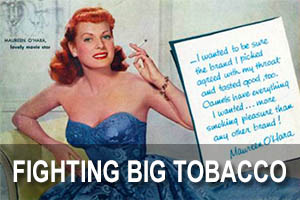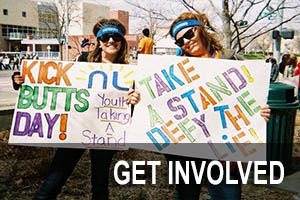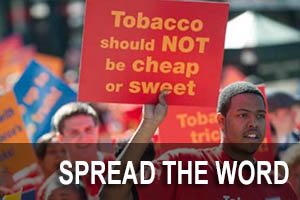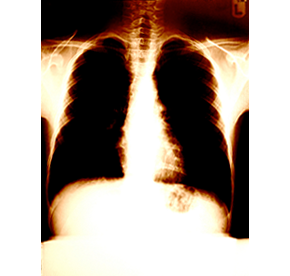Fighting Big Tobacco Through the Decades
Since America first got hooked on cigarettes, the fight against "Big Tobacco" has had both victories and setbacks. This interactive timeline takes a look at the progress made in the tobacco control movement and actions by the tobacco industry in the years leading up to — and since — 1964.
1950s | 1960s | 1970s | 1980s | 1990s | 2000-present 1950s | 1960s | 1970s | 1980s | 1990s | 2000-present 1950s | 1960s | 1970s | 1980s | 1990s | 2000-present 1950s | 1960s | 1970s | 1980s | 1990s | 2000-present 1950s | 1960s | 1970s | 1980s | 1990s | 2000-present 1950s | 1960s | 1970s | 1980s | 1990s | 2000-present
1951
TV series "I Love Lucy" begins its run. Sponsored by Philip Morris, the show opens each week with stick figures of Lucy and Desi climbing a giant pack of Philip Morris cigarettes. It is the top-rated show for four of its first six full seasons.
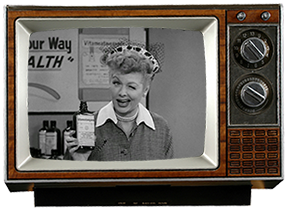
1952
Good Housekeeping refuses ads for cigarettes.
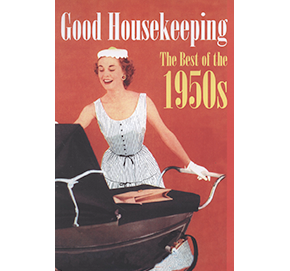
1953
Reader's Digest republishes Roy Norr's "Cancer by the Carton" article from the October, 1952 Christian Herald.
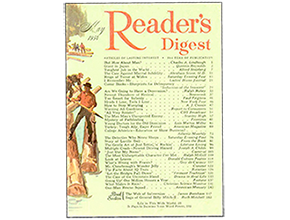
1954
Richard Doll and A. Bradford Hill publish an article that confirms the link between smoking and lung cancer.
1954
Cigarette companies sponsor "A Frank Statement to Cigarette Smokers," an ad disputing evidence that cigarette smoking causes lung cancer.
1954
Marlboro Cowboy created for Philip Morris with the slogan "Delivers the Goods on Flavor." At the time Marlboro had one quarter of 1% of the American market.
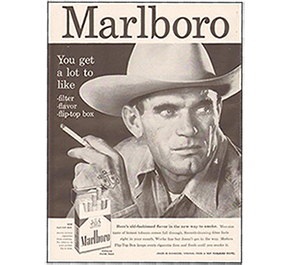
1964
The first Surgeon General's report on smoking is published, recognizing the proven link between smoking and lung cancer.
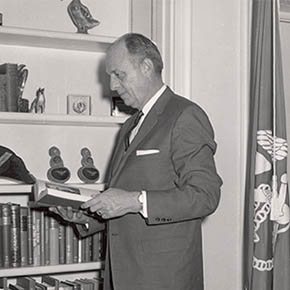
1965
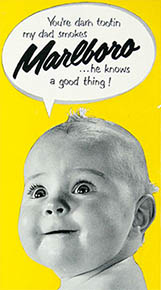
A study by the industry-funded Tobacco Industry Research Committee finds that pregnant women who smoke have smaller babies and are more likely to give birth prematurely.
1965
Passage of the Federal Cigarette Labeling & Advertising Act to inform the public about the adverse health effects of smoking.
1966
Health warnings first appear on cigarette packs in response to congressional legislation. The warnings read:
CAUTION: CIGARETTE SMOKING MAY BE HAZARDOUS TO YOUR HEALTH
1968
Philip Morris introduces the Virginia Slims brand with its iconic "You've come a long way baby" ad campaign targeting women.
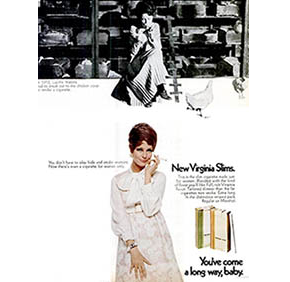
1969
The U.S. Supreme Court applies the Fairness Doctrine to cigarettes, giving tobacco control groups "equal time" on television to air anti-smoking ads in response to tobacco commercials.
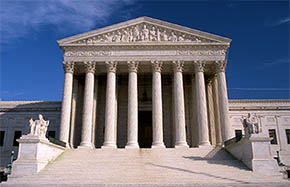
1970
New cigarette warning label:
WARNING: THE SURGEON GENERAL HAS DETERMINED THAT CIGARETTE SMOKING IS DANGEROUS TO YOUR HEALTH
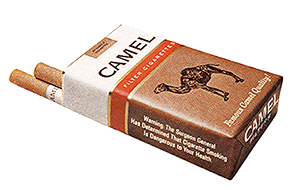
1971
United Airlines is the first major carrier to establish separate sections for smokers and nonsmokers.
1971
TV and radio ad ban and end of the Fairness Doctrine. The tobacco industry accepted the advertising ban in order to end the successful anti-smoking ads.
1972
Marlboro Lights introduced, promising lower tar and nicotine.
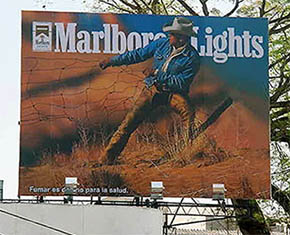
1973
Arizona becomes the first state to restrict smoking in a number of public places.
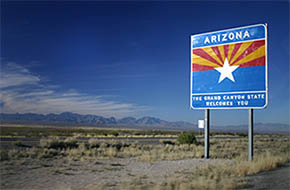
1973
Nixon Administration Surgeon General Dr. Jesse Steinfeld is fired after angering tobacco executives by urging restrictions on secondhand smoke.
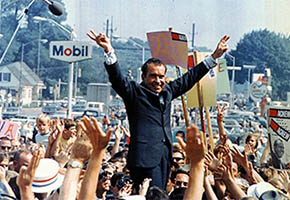
1975
Army and Navy stop including cigarettes in rations for service members.
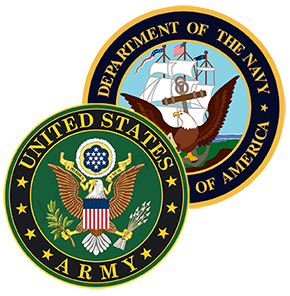
1975
The Minnesota Clean Indoor Air Act is the first statewide law in the nation to require separate smoking areas in public places.
1977
First Great American Smokeout.
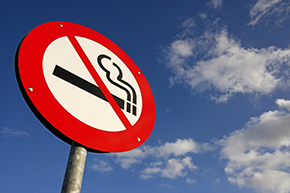
1980
Lois Lane lights up in Superman II. For a reported payment of $42,000, Philip Morris purchases 22 exposures of the Marlboro logo in the movie; Lois Lane, strong role model for teenage girls, gets a Marlboro pack on her desk and begins chain smoking Marlboro Lights. despite never having smoked in the comic book.
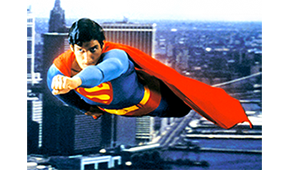
1986
The 19th Surgeon General's report on The Health Consequences of Involuntary Smoking is published, officially acknowledging and emphasizing the harmful effects of secondhand smoke.
1987
Congress prohibits smoking on domestic flights of less than two hours.
1987
Aspen, Colorado becomes the first city in the United States to require smoke-free restaurants.
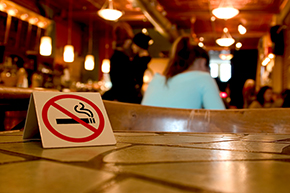
1987
The RJ Reynolds tobacco company debuts the Joe Camel character in its U.S. advertisements. This cartoon character goes on to hook millions of kids on Camel cigarettes.
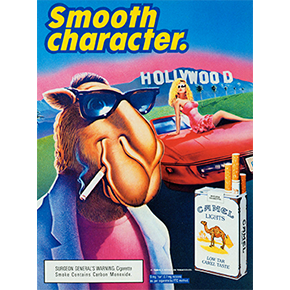
1988
California voters approve Proposition 99, which increased the cigarette tax by 25 cents and dedicated some of the revenue to create the first comprehensive statewide tobacco control program.
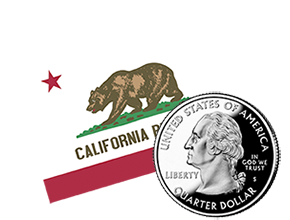
1989
Congress bans smoking on all domestic airlines.
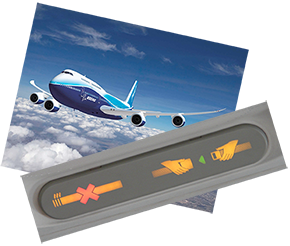
1990
San Luis Obispo, Calif. becomes the first city in the world to eliminate smoking in all public buildings, including bars and restaurants.

1992
The EPA classifies Environmental Tobacco Smoke as a "Group A" carcinogen, the most dangerous class of carcinogen.
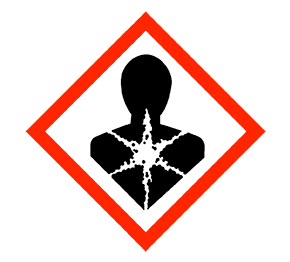
1994
Seven tobacco company executives testify before Rep. Henry Waxman's (D-CA) congressional committee that they do not believe nicotine is addictive.
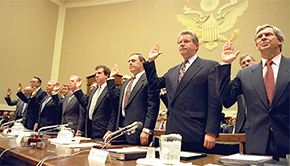
1995
The FDA asserts jurisdiction over tobacco products by declaring nicotine a drug. President Clinton approves this proposal in 1996. In 2000, the U.S. Supreme Court rules that FDA could not assert authority over tobacco products without being given the power to do so by Congress.
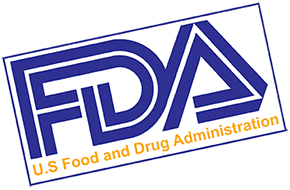
1996
The Campaign for Tobacco-Free Kids is established.

1997
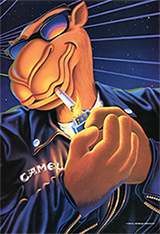 RJ Reynolds agrees to end the use of "Joe Camel," after years of pressure and evidence that
the cartoon character appealed to youth. A study published
in JAMA showed that by age six nearly as many children
could correctly respond that "Joe Camel" was associated
with cigarettes as could respond that the Disney Channel
logo was associated with Mickey Mouse.
RJ Reynolds agrees to end the use of "Joe Camel," after years of pressure and evidence that
the cartoon character appealed to youth. A study published
in JAMA showed that by age six nearly as many children
could correctly respond that "Joe Camel" was associated
with cigarettes as could respond that the Disney Channel
logo was associated with Mickey Mouse.
1998
Tobacco companies launch "anti-smoking" campaigns that are found to make kids more likely to smoke.
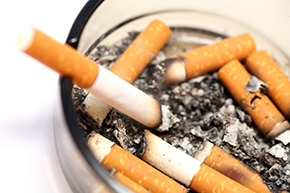
1998
California eliminates smoking in bars. This law, along with the law eliminating smoking in restaurants and most other public places, makes California the first state to pass a comprehensive statewide smokefree air law.
1998
Attorneys General from 46 states and the tobacco industry reach the landmark Master Settlement Agreement to reimburse state government for billions of dollars in tobacco-related health care costs.
1999
The Department of Justice announces it is suing the tobacco industry under the RICO (Racketeer Influenced and Corrupt Organizations) statute – the same statute used to prosecute the Mob – claiming the tobacco industry engaged in a "coordinated campaign of fraud and deceit."

1999
Legacy, as part of the Master Settlement Agreement between major tobacco companies, 46 US states, the District of Columbia and five US territories, is established.

2000
 national truth ® youth anti-smoking campaign launched and contributes to significant reductions in youth smoking.
national truth ® youth anti-smoking campaign launched and contributes to significant reductions in youth smoking.
2004
Settlement reached ending the use of the "Kool MIXX" campaign that targeted African Americans by celebrating hip hop and African American culture.
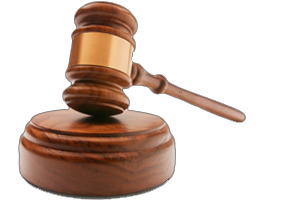
2006
The Surgeon General says the "debate is over" -- secondhand smoke causes serious disease and premature death.
2006
Ruling in the Justice Department's lawsuit, a federal judge finds that the tobacco industry had lied for 50 years and deceived the American public on health issues and marketing to children.
2009
President Obama signs legislation granting the U.S. Food and Drug Administration regulatory authority over tobacco products.
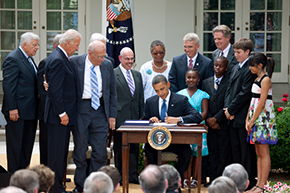
2009
FDA prohibition of flavored cigarettes goes into effect.
2010
President Obama signs the Patient Protection and Affordable Care Act into law. The law includes important provisions that will expand tobacco cessation benefits and provides funds to prevent and reduce tobacco use.
2011
The Food and Drug Administration reveals the new graphic warning labels that are set to appear on cigarette packs starting in 2012. In response, the tobacco industry filed lawsuits challenging the new warning labels. The new labels have yet to be implemented.

2012
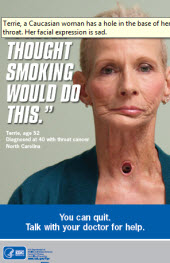 The Centers for Disease Control and Prevention launches the first ever federal government paid media advertising campaign encouraging people to quit smoking, Tips from Former Smokers, which features real people living with diseases caused by smoking.
The Centers for Disease Control and Prevention launches the first ever federal government paid media advertising campaign encouraging people to quit smoking, Tips from Former Smokers, which features real people living with diseases caused by smoking.
2013
RJ Reynolds returns to magazine advertisements for its Camel brand.
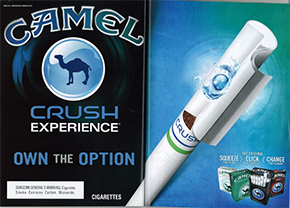
What Happened in 1964?
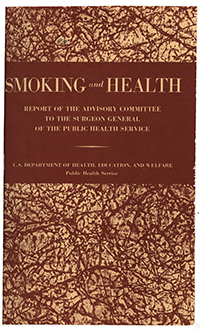 On January 11, 1964, 200 reporters were locked into the State Department's auditorium to hear a two-hour briefing by then-Surgeon General Dr. Luther L. Terry and other experts on a brown paperback book entitled "Smoking and Health." The security measures were deemed necessary because of the Surgeon General's report's bold and closely-guarded verdict.
On January 11, 1964, 200 reporters were locked into the State Department's auditorium to hear a two-hour briefing by then-Surgeon General Dr. Luther L. Terry and other experts on a brown paperback book entitled "Smoking and Health." The security measures were deemed necessary because of the Surgeon General's report's bold and closely-guarded verdict.
In 1964, 50% of U.S. adult males smoked and 46% of all Americans smoked. Smoking was accepted in offices, airplanes and elevators. Even cartoon TV programs were sponsored by cigarette brands.
All this meant that a multi-billion dollar industry and a way of life were severely threatened by the Surgeon General Report's astounding conclusion: smoking causes cancer.
Within 3 months of Terry's report, cigarette consumption had dropped 20%, but it would soon climb back — and even grow.
Now, as we approach the 50th Anniversary of that historic report, we should do all we can to make sure that 50 years from now, tobacco is no longer the number one cause of preventable death in the U.S.
Get Involved
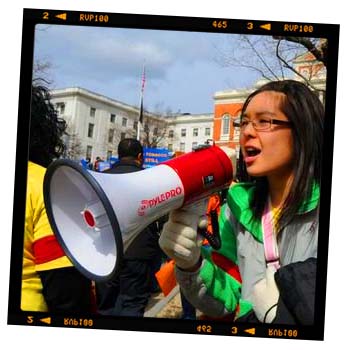 On July 24, more than 50 youth advocates from across the country will gather near the White House in a display of youth engagement. They will lead an activism event to call attention to the 50-year anniversary of the first Surgeon General's report on smoking. You can do the same in your own communities!
On July 24, more than 50 youth advocates from across the country will gather near the White House in a display of youth engagement. They will lead an activism event to call attention to the 50-year anniversary of the first Surgeon General's report on smoking. You can do the same in your own communities!
Download and print the timeline that lists tobacco control victories and tobacco industry action over the past 50 years to get started.
Tip: To make this event even more attention-grabbing and visually appealing, try dividing into smaller groups and "dressing by decade." For example, youth representing the '70s could choose to wear bell-bottoms and platform shoes or youth representing the '90s could wear jumpsuits and colorful bomber jackets — have fun with it!
Develop talking points and create posters and palmcards with tobacco industry quotes and tobacco control facts.
